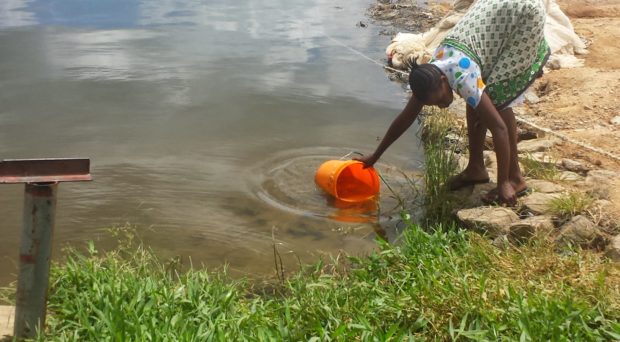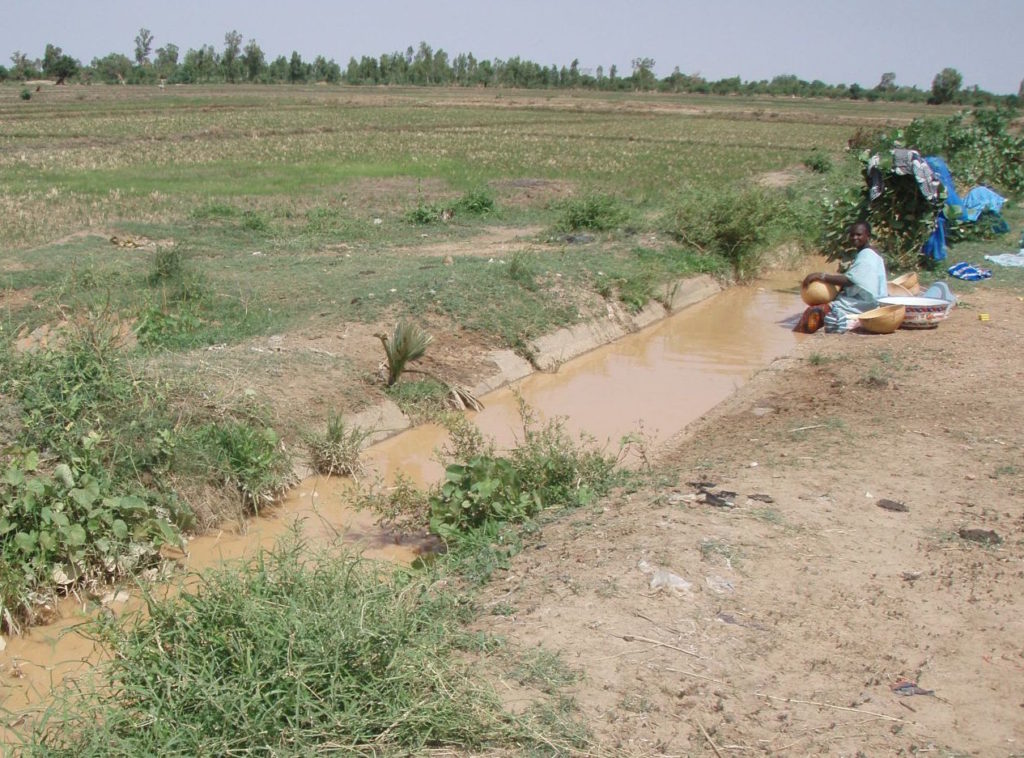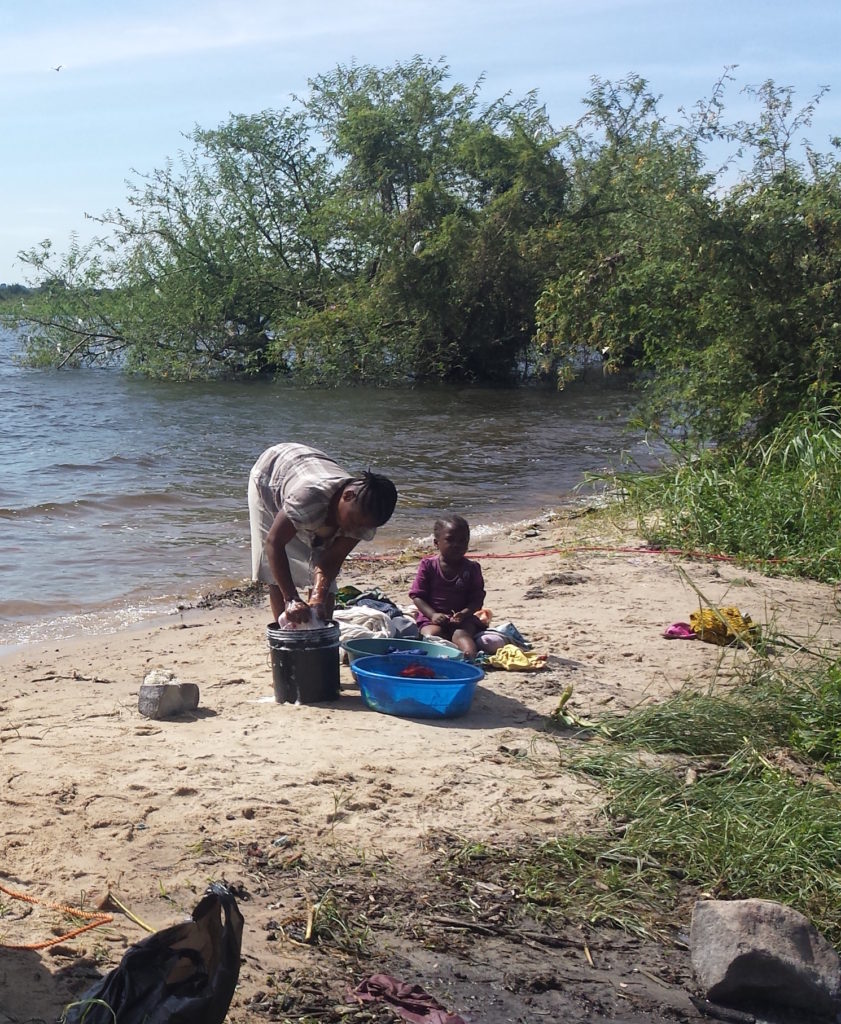
It was International Women’s Day on Tuesday (8th of March) this week; all the inspirational talks, press releases and blogs motivated me to reflect and review the impact of Neglected Tropical Diseases (NTDs) and NTD control on women and girls. Whilst there are a considerable amount of knowledge gaps in this area enough is known to conclude that NTDs disproportionately impact women and girls, both for biological but mainly socio-cultural reasons.
Not that men and boys are not severely affected by NTDs and also deserve specific attention! Maybe on Fathers Day we should focus on the impact of NTDs on men and boys (for example looking at male genital schistosomiasis) and what good male role models can do for NTDs and for gender equity (note to self!).
Reviews on sex and NTDs have highlighted important knowledge gaps and have called for concerted efforts to collect sex- and age- disaggregated data, and, where this is collected, to ensure that this information is not lost when reporting up to national ministries, funding bodies and international organisations, such as the World Health Organisation (WHO).
Impact of NTDs
NTDs severely impact all, but affect women and girls disproportionately for the following reasons;
- Biological and physiological factors lead to increased vulnerability to particular pathologies – e.g. female genital schistosomiasis and severe helminth-related anaemia in pregnant women
- Socio-cultural factors increasing risk to NTDs e.g. water-based domestic activities (2/3 by women or girls) increases risk of diseases such as schistosomiasis, whereas child-care and caregiving increases risk of trachoma and blindness. In fact, research has suggested that women account for 80% of Disability-adjusted Life Years linked to trachoma-related blindness.
- NTDs that cause disfigurement and disability (such as lymphatic filariasis) can have a disproportionately negative impact on employability and marriageability of affected women, making them dependent on family members and potentially leading to stigmatisation and social exclusion.
- Indirect impact of NTDs can also disproportionately affect women and girls as caregivers, having to give up their jobs or drop out of school in order to take care of a sick family member.

NTD control programmes
- Data so far indicate that NTD programmes are gender neutral. However, this could be masking certain issues that disadvantage women more than men. For example deworming women of reproductive age is a challenge for soil-transmitted helminths and schistosomiasis control programmes. There are important knowledge gaps and although the WHO have called for control programmes to specifically target the highest risk groups of school-aged children (SAC), preschool-aged children (pre-SAC) and women of reproductive age (WRA) the latter is particularly challenging and so far no coverage estimates are available for this high-risk group. A recent review on how to design NTD programmes that effectively target WRA outlines 4 subgroups of WRA highlighting the benefits and challenges for focusing deworming on these subgroups. An important benefit of reaching adult women is that this could also increase treatment of another high-risk group; pre-school children and infants, especially with the development of pediatric formulations.
- One of the biggest challenges is the local attitudes of drug-administration to adult women that may be in their first trimester of pregnancy or lactating. Apart from a lack of research in this area, local attitudes are almost a bigger barrier, for example fear of negative side effects on pregnant women and the fetus.
- Women are responsible for washing, hygiene and sanitation at home as well as the health and care of children and sick family members – NTD control programmes that include providing better understanding of NTD transmission and control to women promote a cleaner environment for the household but also helps pass on good practices and disease-avoiding behaviors to children.

Delivery of NTD treatment by women
Empowering women to empower women. Another area of focus is the use of female community drug/-medicine distributors/community-directed distributors (CDDs) and female input/leadership in NTD control delivery.
- Reseach shows that NTD control programmes would benefit more by increasing the use of female CDDs, and that female CDDs are better able to reach and enroll remote or marginalised women
- Promoting women CDDs, women leaders and women in STEM-related activities encourage gender equality and challenge traditional gender roles. However the use of CDDs do face programmatic challenges and a concern is that if this does not come with appropriate remuneration to reflect this work then the use of female CDDs as volunteers may promote the stereotype that care-giving is a woman’s responsibility and does not require recognition.
- NTD programmes could hugely benefit from including representatives from the targeted populations, particularly women, at the design stage. This would ensure greater equity of the NTD control programme, implementing targeted, effective control that reaches children and women. It could also reveal new ways to encourage behaviour that mitigates risk of infection.
- There are loads of inspiring blogs and videos on how CDDs are improving health in their communities. An inspiring blog that was shared the 8th of March looks at the role of women CDDs on NTD control.

2 Comments